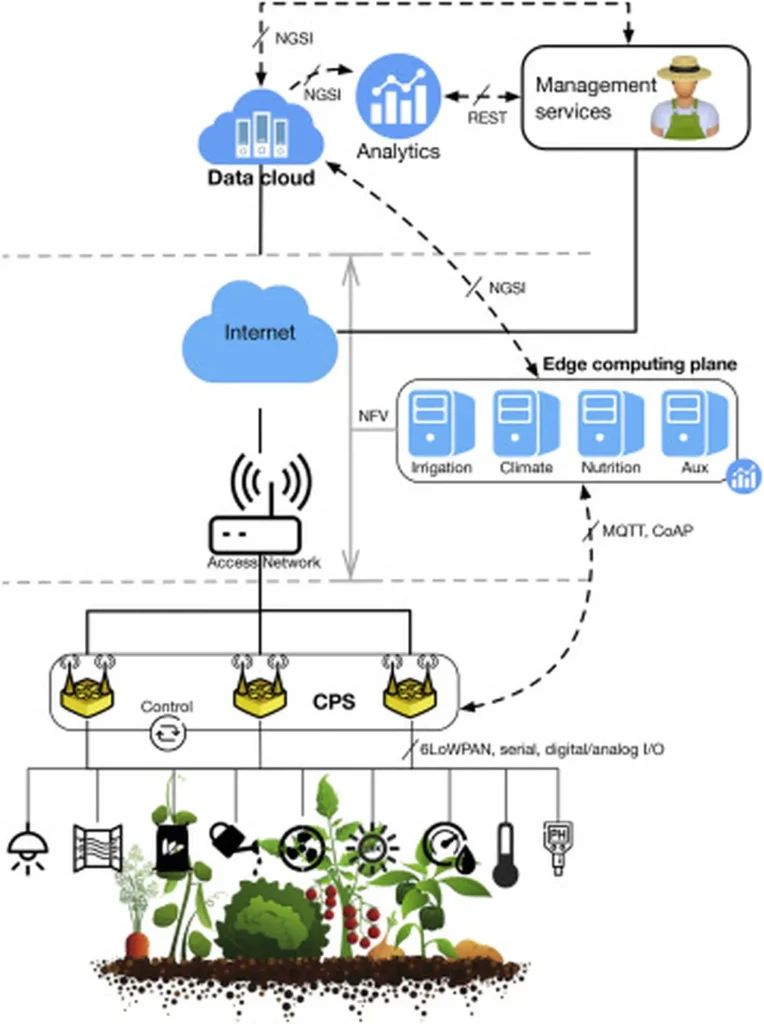In the heart of Jiangsu University, Zhenjiang, China, a groundbreaking study led by Ran Gong from the School of Automotive and Traffic Engineering is reshaping the future of smart agriculture. The research, published in the journal *Sensors* (translated as “传感器” in Chinese), addresses critical challenges faced by traditional cloud computing frameworks in agriculture, offering a promising solution through edge computing.
As the global digital transformation of agriculture accelerates, the proliferation of farming equipment has led to an exponential surge in agricultural production data. Traditional cloud computing frameworks struggle with communication latency in the field, the demand for low-power devices, and stringent real-time decision constraints. These bottlenecks exacerbate bandwidth constraints, diminish response efficiency, and introduce data security vulnerabilities.
“Edge computing offers a promising solution for smart agriculture,” says Ran Gong. By provisioning computing resources to the network periphery and enabling localized processing at data sources adjacent to agricultural machinery, sensors, and crops, edge computing leverages low-latency responses, bandwidth optimization, and distributed computation capabilities.
The research provides a comprehensive survey of the research landscape in agricultural edge computing. It begins by defining core concepts and highlighting advantages over cloud computing. Anchored in the “terminal sensing-edge intelligence-cloud coordination” architecture, the study analyzes technological evolution in edge sensing devices, lightweight intelligent algorithms, and cooperative communication mechanisms.
Through precision farming, intelligent agricultural machinery control, and full-chain crop traceability, the research demonstrates the efficacy of edge computing in enhancing real-time agricultural decision-making. “This technology is not just about improving efficiency; it’s about revolutionizing the way we approach agriculture,” Gong explains.
The study also identifies adaptation challenges in complex environments and outlines future directions for research and development. As the agricultural sector continues to evolve, the integration of edge computing is poised to play a pivotal role in shaping the future of smart agriculture.
This research is not just a theoretical exploration; it has significant commercial implications for the energy sector. By optimizing bandwidth and reducing latency, edge computing can lead to more efficient energy use in agricultural operations. This, in turn, can contribute to sustainability goals and reduce operational costs, making it a win-win for both the agricultural and energy sectors.
As we look to the future, the insights from this research could pave the way for innovative solutions that address some of the most pressing challenges in smart agriculture. The journey towards a more connected and efficient agricultural landscape is just beginning, and edge computing is at the forefront of this transformation.

